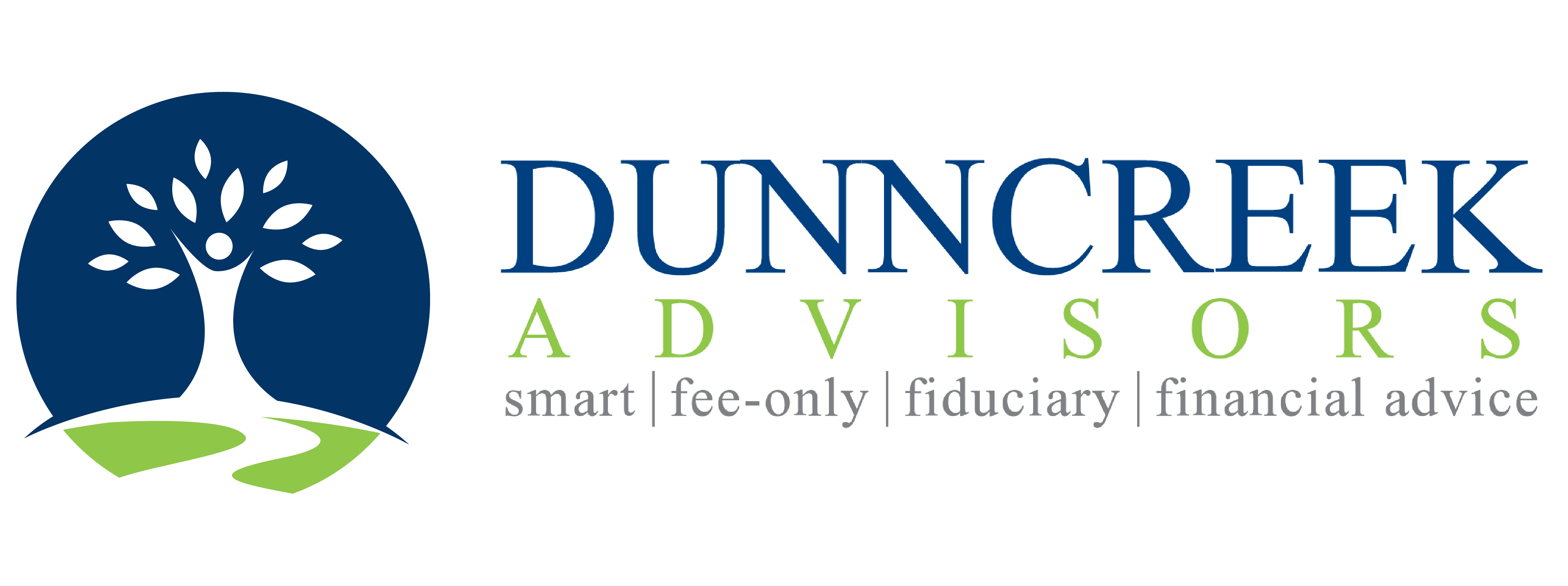While you may be thinking about the kind of tricks mischievous kids play on houses that don’t give out Halloween candy, now is also a good time to consider how your taxes for 2018 will shape up. With two months left in the calendar year, tax time will come around faster than teenagers emptying the candy bowl you left on your front step at the end of the night. Here are seven tips for the end of the tax year:
- Required minimum distributions (RMDs) — You may already know about the IRS rule that says that retirement account owners who reach 70 ½ years of age are required to make a distribution from all accounts based on the account value on the prior December 31 and a factor based on their age from the IRS tables. It’s a well-known rule, but people often make mistakes.
If you miss the RMD, or get the amount wrong, you owe a 50 percent penalty on any under distribution, plus income tax on the distribution.
You must make your first distribution by April 15 of the year following the year you turn 70 ½. If you wait until the new calendar year after you turn 70 ½ you will also have to make your second RMD distribution by year-end of that year.
- Qualified charitable distributions — The Tax Cuts and Jobs Act of 2017 gave taxpayers help in the form of an expanded standard deduction. But at the same time, many clients will now no longer be able to deduct their charitable contributions because they will probably not itemize their deductions.
If you are charitably minded and have an IRA subject to a required minimum distribution and have not yet taken it for the year, consider using the qualified charitable distribution (QCD) provision and make your contributions directly from your IRA. The amount contributed will count toward your RMD and be excluded from income, creating an effective tax deduction in addition to the standard deduction. The QCD only applies to IRAs, not to plans, and only IRA owners or beneficiaries who are at least 70 ½ qualify.
The annual limit is $100,000 per person, per year. And a QCD must be completed by year end.
- Roth conversions — The biggest IRA planning change in the new tax law was for Roth conversions. Beginning in 2018, conversions can no longer be reversed. To qualify for a Roth conversion this year, the funds must leave the IRA or plan by year’s end.
- Check estimated taxes on RMDs (use withholding) — In the first year of RMDs you want to be sure that you either withhold sufficient state and federal income tax as you make the distribution, or you make adequate estimated tax payments.
I typically recommend using tax withholding on the distributions for all RMDs. My clients love the simplicity of knowing that the taxes are paid in advance. And it’s a handy way to create added withholding to cover other taxable income throughout the year if needed.
- Split inherited IRAs by year’s end — If you have a friend or family member who has died in 2017 and had multiple individual beneficiaries named on a beneficiary form, then they can each use their own life expectancy for calculating required minimum distributions (the stretch IRA) if the inherited IRAs are split into separate shares before the end of this year. Once the second January after the death comes, any amounts not split will be required to use the age of the oldest beneficiary to calculate the required distributions.
- You should know how to time a 10 percent penalty exception — If you need to make an early withdrawal from you IRA or retirement plan, they may qualify for an exception to the 10 percent penalty based on the following:
- Distributions to beneficiaries due to death of the owner
- Disability of the owner
- Medical expenses not reimbursed by health insurance that exceed 10 percent of your adjusted gross income
- Health insurance premiums (IRA only), if you are unemployed, pay health insurance premiums and meet all the following conditions:
- Unemployment compensations are received for at least 12 weeks
- The withdrawal is made in the year the unemployment is received or in the following year
- The withdrawal is made prior to 60 days of employment at a new job
- Higher education expenses (IRA only): Withdrawals from IRAs for qualified higher education expenses for:
- You
- Your spouse
- Your child
- Your grandchild
Qualified education expenses include:
- Tuition at a postsecondary school
- Room and board (if enrolled at least half time)
- Fees
- Books
- Supplies
- Equipment required for classes
- First-time home purchase (IRA only): You may withdraw up to $10,000 during your lifetime to pay for a principal residence as a first-time home buyer.
If you are using any of these exceptions, the payment qualifying for the exception must be made in the same year as the IRA (or plan) distribution. This is sometimes missed at year-end, which voids the exception and forces you into a 10 percent penalty.
- Check the status of lump-sum distributions for the net unrealized appreciation tax break — The tax break for net unrealized appreciation (NUA) in employer securities can alter your tax bill dramatically. This tax break is for people who own their own company’s stock in their 401(k). If that stock is highly appreciated, it can qualify for the lump-sum distribution tax break on net unrealized gains.
This will be triggered by some event—the employee leaves the company, reaches age 59 ½, dies or becomes disabled—at which point all the company plan funds must be distributed in one year (any year after the year of the event).
If you think you may qualify for this big tax break this year, check to make sure that all plan funds have actually been withdrawn before year’s end. Non-company stock funds can be rolled over tax free to an IRA and the company stock goes to a taxable account. Tax at ordinary income tax rates is paid on only the cost basis of the stock inside the plan. When the stock is later sold from the taxable account, the original cost basis from the time of the rollover is the cost basis for the sale. Long-term capital gains are paid on the difference between that cost and the value of the stock on the sale date.
As I have shown, there is plenty to think about at year-end. Year-end can also be a great time to review and update your financial game plan. Maybe you would like to get some professional perspective on the journey toward retirement. If so, I suggest you meet with a CERTIFIED FINANCIAL PLANNER™ professional. If you meet with a planner who is always an advocate for the client– a fiduciary advisor – and only works for the client – a fee-only advisor – you can be confident that the financial advice you get is focused on your best interests and is a good fit for your complete situation.
CFP® professionals take a multi-faceted approach to your financial planning process that includes budgets, risk protection, retirement planning, investment management, taxes and estate planning. All these related aspects of your financial life are what really matter when it comes to reaching your goals and retiring on time.
A CFP® professional can help you create a financial plan that is driven by your goals and priorities and addresses all aspects of your financial life. With a big-picture approach, you will be better prepared in the event that you have to leave work earlier than you expected.
Yes, I am a CFP® professional. I’m always a fiduciary and I only work on a fee basis. And yes, I’m still taking on a few great families to be part of my financial planning practice.
If this article has you thinking about your own circumstances, contact my office at rdunn@dunncreekadvisors.com. I am always happy to meet with people who are working on their retirement plans. Dunncreek Advisors does not provide legal or tax advice, nor is this article intended to do so.


 Five Things to Know About Your 401(k) in a Divorce
Five Things to Know About Your 401(k) in a Divorce